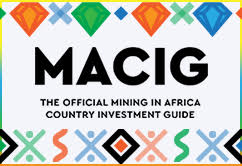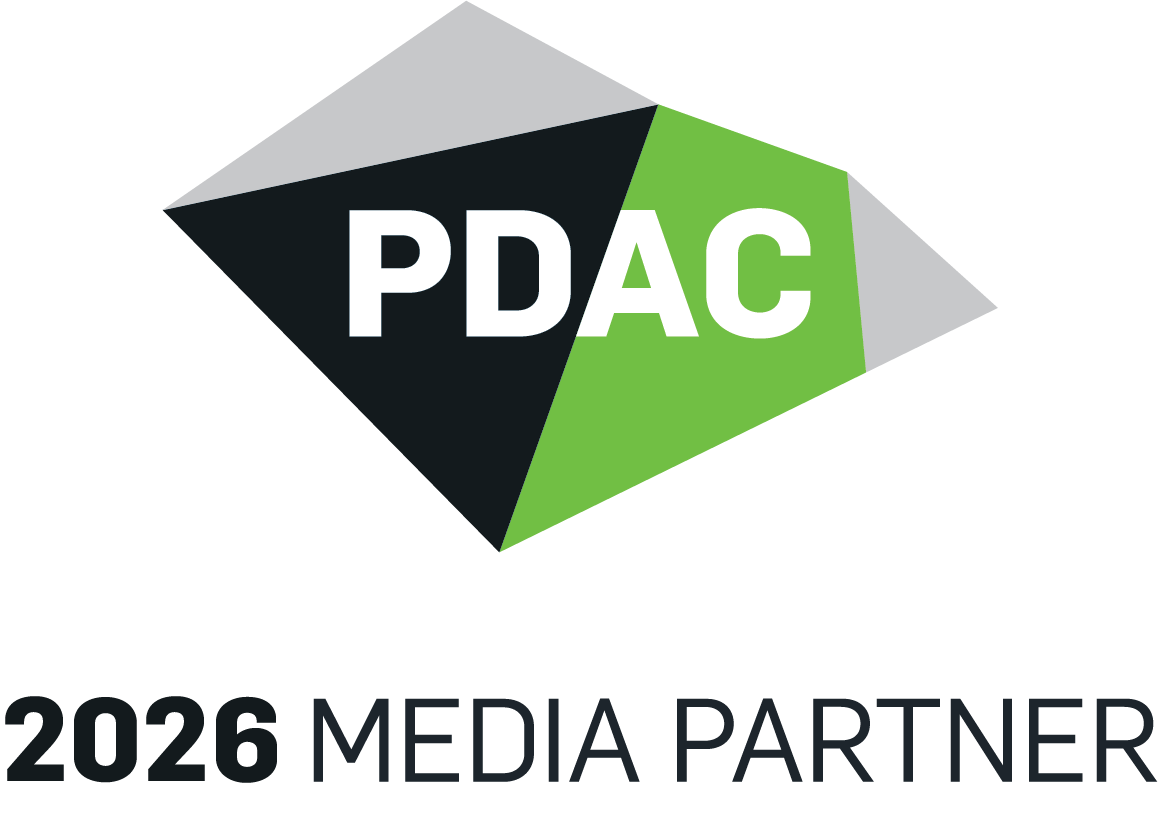SEARCH RESULTS FOR:
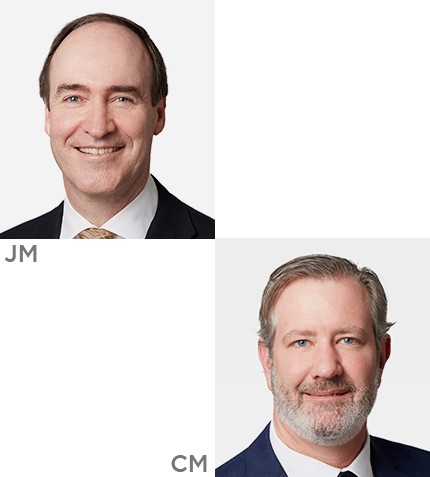
John Mackenzie and Cashel Meagher
CHAIR OF THE BOARD (JM) AND CEO (CM), CAPSTONE COPPER
Chile Mining 2025 GBR Series
"This year represents an inflection point for Capstone, with our recently released 2025 guidance demonstrating increased cash flow generation highlighted by continued copper production growth and decreasing unit costs."
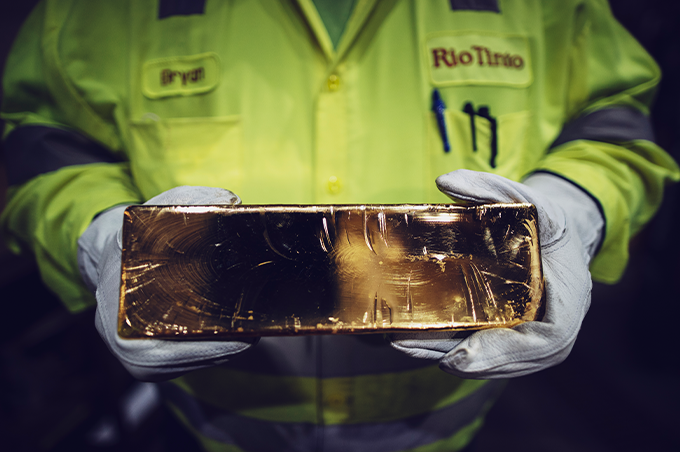
Western USA: Precious Metals Production and Development
Western USA Mining 2025 - Digital Interactive
Producers poised for growth amid market shifts

Transforming Environmental Challenges
Western USA Mining 2025 - Digital Interactive
Turning abandoned mines into sustainable resource assets
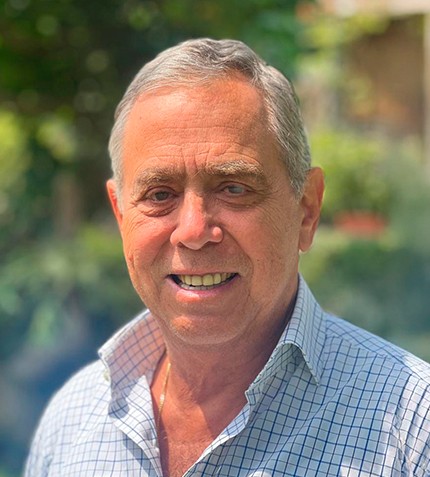
Carlos Augusto Dammert
PRESIDENTE, SERVICIOS AÉREOS DE LOS ANDES
MINPER 2025 - Perumin Official Investment Guide (Spanish Print Version)
"Mientras que un vuelo en helicóptero de Cusco a Las Bambas dura solo 25 minutos, el trayecto por tierra toma entre ocho y nueve horas."
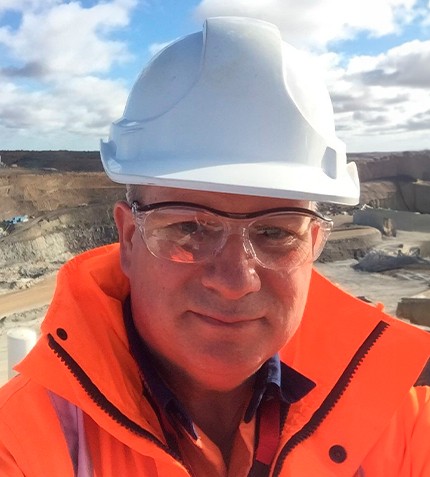
Jeff Parshley
CORPORATE CONSULTANT, SRK
Western USA Mining 2025
"We increasingly acknowledge the need to factor extreme climatic events into our designs and operational plans."

Mining Investment in Africa
MACIG 2025 - Mining in Africa Country Investment Guide
Pricing for risks
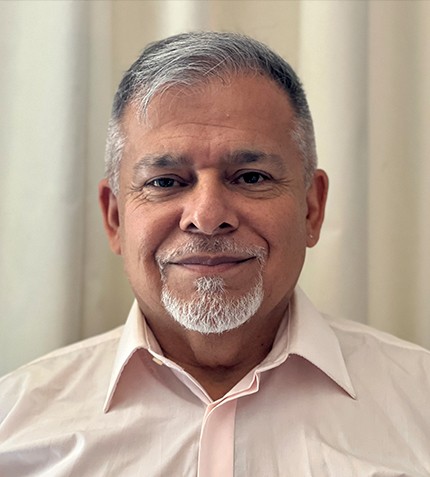
Sergio Zamorano
CEO, FAM
Chile Mining 2025 GBR Series
"Traditionally, we used systems that processed 9,000 t/hour, but now many projects require systems capable of handling 15,000 t/hour, with some plants even planning to operate multiple lines at that scale."
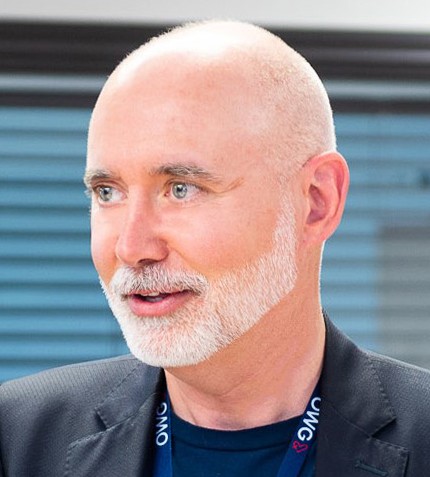
Marco Prud’homme
PRESIDENT, NOLINOR AVIATION
Québec and Atlantic Canada Mining 2025
"As several carriers have been acquired by hedge funds or large corporations, Nolinor remains one of the few independent operators in northern Canada."

Mitchell Krebs
CEO, COEUR MINING
Latam North and Caribbean Mining 2025
"After years of heavy investment, we have fundamentally transformed the company and everything is aligning in a way that is incredibly exciting."
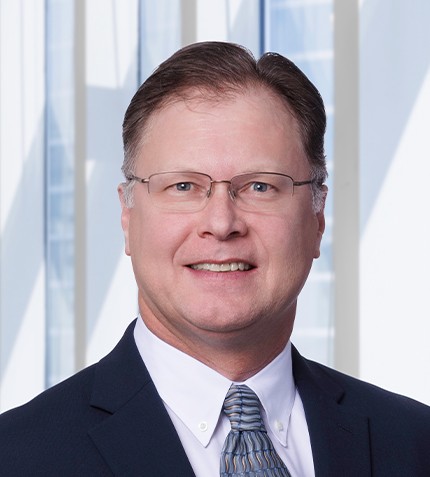
Jim Swartz
CHAIRMAN AND MANAGING DIRECTOR, CHEVRON NIGERIA AND MID-AFRICA BUSINESS UNIT
Africa Energy 2025
"Chevron aims to grow production through planned infill drilling and exploration activities, demonstrating its commitment to future growth in Nigeria."




